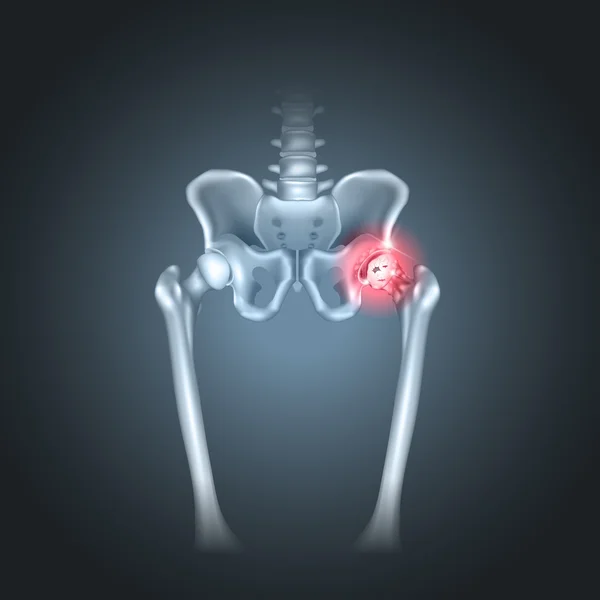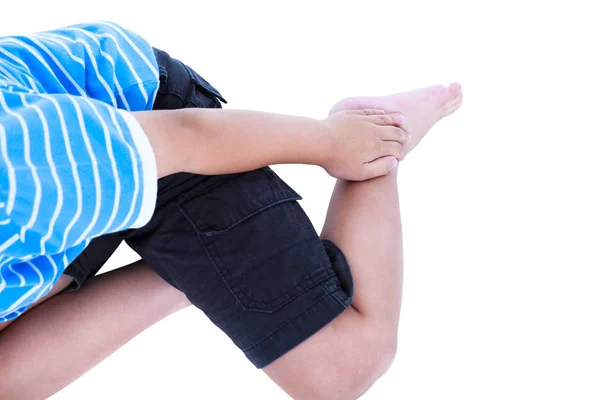Does your hip grab if you move the wrong way?
Does your hip ache if you walk too far or when on your feet too long?
Do you feel pain in the front of your hip or groin, and sometimes into your thigh muscle?
If you answered yes to any or all of these questions you may have osteoarthritis of the hip. Continue reading to learn more:
What is Hip Osteoarthritis?
Osteoarthritis (OA) is a condition that affects the major joints of the body and is characterised by loss of the hard wearing cartilage that lines the ends of the bones forming a joint. OA is not just about cartilage loss, however —changes occur in the supporting tissues of the joint, including the capsule, ligaments, and supporting muscles. There is no cure for OA and although hip replacement produces very good outcomes for most patients, there can be a number of reasons why you might not opt for a hip replacement. These include being too young (the replacement itself does not last forever), you may have other medical issues that prevent you from having joint replacement surgery, or you may simply be wanting to delay having a joint replacement for as long as possible. In all of these situations physiotherapy can be helpful.
How do I know if I have Hip Osteoarthritis?
The diagnosis of hip OA is made based on several features. The first is activity-related pain in or around the hip (often in the front of the hip) in patients over 50 years of age. You may have pain with walking, pivoting when standing, getting in or out of your car, or dressing yourself. An x-ray should show the hallmark features of osteoarthritis. Remember age-related changes are normal when we x-rayanymajor joint, so if you have left hip pain, your x-ray should show changes in your left hip that are different to your right hip! In addition to these criteria, other causes of hip pain should be excluded — this is done by taking a careful history and if needed, ordering other tests. In physiotherapy, you should have pain and loss of movement when we test your hip (if you do NOT have any loss of movement, it is less likely that you have OA and we need to look at what else could be making your hip sore).
Can Physio Help Me?
Although we have no cure for osteoarthritis, physiotherapy can help patients improve their function and reduce their symptoms. The main goals in physiotherapy are to restore the best possible movement in your hip, strengthen the muscles around your hip and tune-up your movement – especially your walking. Patients with hip OA typically see us for 5-6 visits over a 2-3 month period. Treatment usually involves targeted stretching and movement of the affected hip, ahome exercise programthat includes both strengthening and stretching, and advice for your activities. We try and get you moving and feeling better as best as we can.
What Should I do Next?
If you are struggling with hip pain and you identify with the symptoms and problems described above, call us on 6056 6616 and make a time to see one of our experienced physiotherapists – they will take a proper history from you about your problem, complete a targeted physical examination and then tie these things together in a treatment plan tailored for you. If you want to see our physio’s in action, watch one (or more) of our videos on hip exercises by clicking here. If you are looking for information on other causes of hip pain, read our article – Three Common Causes of Hip Pain.
To Your Better Health,
The Team at Personal Best






